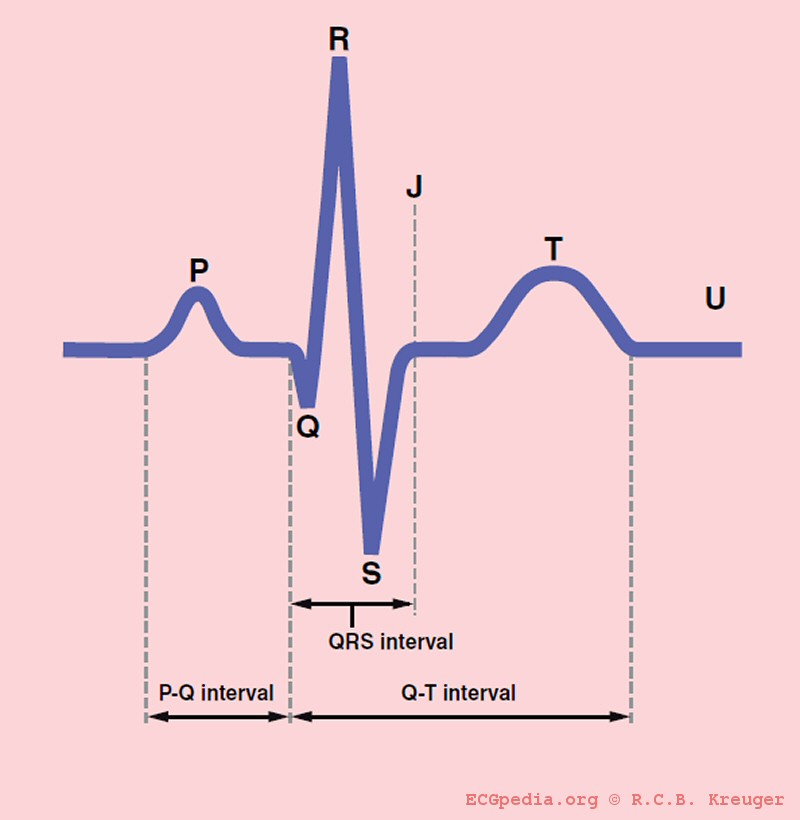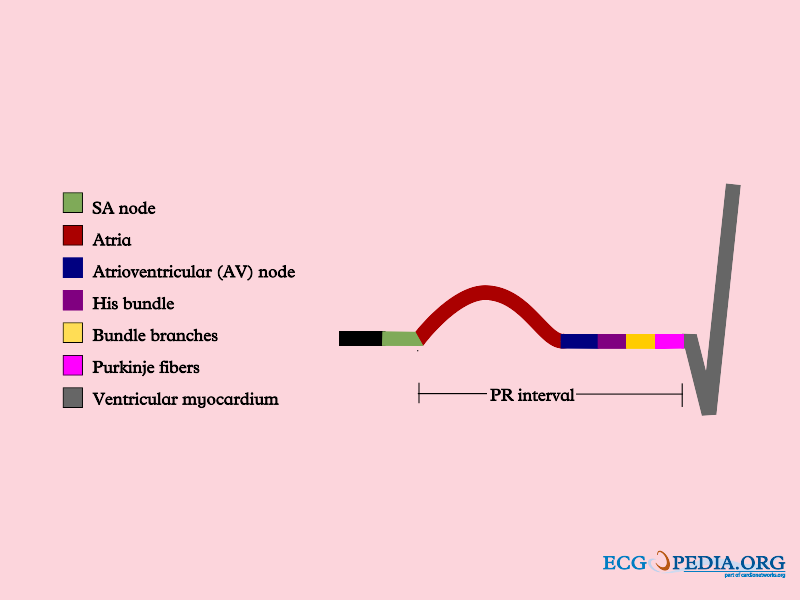PR interval


|
WikiDoc Resources for PR interval |
|
Articles |
|---|
|
Most recent articles on PR interval Most cited articles on PR interval |
|
Media |
|
Powerpoint slides on PR interval |
|
Evidence Based Medicine |
|
Clinical Trials |
|
Ongoing Trials on PR interval at Clinical Trials.gov Clinical Trials on PR interval at Google
|
|
Guidelines / Policies / Govt |
|
US National Guidelines Clearinghouse on PR interval
|
|
Books |
|
News |
|
Commentary |
|
Definitions |
|
Patient Resources / Community |
|
Patient resources on PR interval Discussion groups on PR interval Patient Handouts on PR interval Directions to Hospitals Treating PR interval Risk calculators and risk factors for PR interval
|
|
Healthcare Provider Resources |
|
Causes & Risk Factors for PR interval |
|
Continuing Medical Education (CME) |
|
International |
|
|
|
Business |
|
Experimental / Informatics |
Editor-In-Chief: C. Michael Gibson, M.S., M.D. [1]; Associate Editor-In-Chief: Cafer Zorkun, M.D., Ph.D. [2]
Overview
The PR interval starts at the beginning of the atrial excitation (beginning of the P wave and ends at the beginning of the ventricular excitation (beginning of the QRS complex. It is termed the PQ interval if a Q wave is present. The PR interval measures the time required for an electrical impulse to travel from the atrial myocardium adjacent to the sinoatrial (SA) node to the ventricular myocardium adjacent to the fibers of the Purkinje network.
The duration of the PR interval is normally from 0.10 to 0.21 s. A major portion of the PR interval reflects the slow conduction of an impulse through the AV node, which is controlled by the balance between the sympathetic and parasympathetic divisions of the autonomic nervous system. Therefore, the PR interval varies with the heart rate, being shorter at faster rates when the sympathetic component predominates, and vice versa. The PR interval tends to increase with age [1] [2];
- In childhood: 0.10 - 0.20 sec
- In adolescence: 0.12 - 0.16 sec
- In adulthood: 0.14 - 0.21 sec
Changes in PR interval
A prolonged PQ interval is a sign of delayed conduction through the atrium and AV node. Pathophysiologically, this can be due to 1st, 2nd or 3rd degree AV block, increased vagal tone [Bezold-Jarisch reflex; described as an eponym for a triad of responses (apnea, bradycardia, and hypotension) following intravenous injection of veratrum alkaloids in experimental animals], or it can be pharmacologically induced.[3] [4]
A short PR interval can be seen in the WPW syndrome in which a faster connection exists between the atria and the ventricles.
- Shortens up to a rate of 140 to 150 beats per minute through a withdrawal of parasympathetic tone [5] [6].
- PR may increase with increasing rate in the presence of digoxin or if the conducting system is diseased.
- If the atria are artificially paced the PR increases as the paced rate increases [7].
- Children have shorter PR intervals (0.11 at 1 year).
- Prolongation can be a normal variant: 67.000 healthy airmen studied and 0.52% found to have a prolonged PR.
80% of the PR prolongations ranged from 0.21 to 0.24 [8]. In a second study 59 of 19.000 (0.31%) airmen had a PR of 0.24 or more [9].
- In healthy middle aged men, a prolongation of the PR in the presence of a normal QRS does not affect prognosis and is not related to ischemic heart disease [10].
- PR prolongation often signifies a delay in the AV node but may reflect intra atrial or His Purkinje disease.
Causes of Short PR Interval
Life Threatening Causes
Life-threatening causes include conditions which result in death or permanent disability within 24 hours if left untreated.
Common Causes
- List the most common causes here.
Causes by Organ System
Causes in Alphabetical Order
Differential Diagnosis of the Shortened PR Interval:
- AV junctional and low atrial rhythms.
- Wolff Parkinson White syndrome [11]
- Lown Ganong Levine syndrome
- Glycogen storage disease [12]
- Hypertension
- Normal variant
- Fabry's disease
- Pheochromocytoma
Differential Diagnosis of a Prolonged PR Interval
- Beta blocker therapy
- AV block due to coronary artery disease, rheumatic disease
- Hyperthyroidism
- Normal variant
Differential Diagnosis of the Depressed PR Interval:
Additional resources
- ECGpedia: Course for interpretation of ECG
- The whole ECG - A basic ECG primer
- 12-lead ECG library
- Simulation tool to demonstrate and study the relation between the electric activity of the heart and the ECG
- ECG information from Children's Hospital Heart Center, Seattle
- ECG Challenge from the ACC D2B Initiative
- National Heart, Lung, and Blood Institute, Diseases and Conditions Index
- A history of electrocardiography
- EKG Interpretations in infants and children
References
- ↑ Beckwith JR. Grant's clinical electrocardiography. New York: McGraw–Hill, 1970:50.
- ↑ Marriott's Practical Electrocardiography, Wagner G.S., 10th edition, 2001
- ↑ Aviado DM, Guevara Aviado D. The Bezold-Jarisch reflex: A historical perspective of cardiopulmonary reflexes, Ann N Y Acad Sci. 2001 Jun; 940: 48-58
- ↑ Mark AL. The Bezold-Jarisch reflex revisited: clinical implications of inhibitory reflexes originating in the heart. J Am Coll Cardiol. 1983 Jan;1 (1): 90-102.
- ↑ Chou's Electrocardiography in Clinical Practice.
- ↑ Atterhog, J. Electrocardiol. 1977:10,331.
- ↑ Lister,J., Am.J. Cardiol 1965:16,516.
- ↑ Johnson, R, Am. J. Cardiol. 1960:6,153.
- ↑ Manning, G., Am. J. Cardiol.1962:9,558.
- ↑ Erikssen, J.,Clin.Card. 1984:7,6.
- ↑ Marriott's Practical Electrocardiography
- ↑ Goldberger's Clinical Electrocardiography